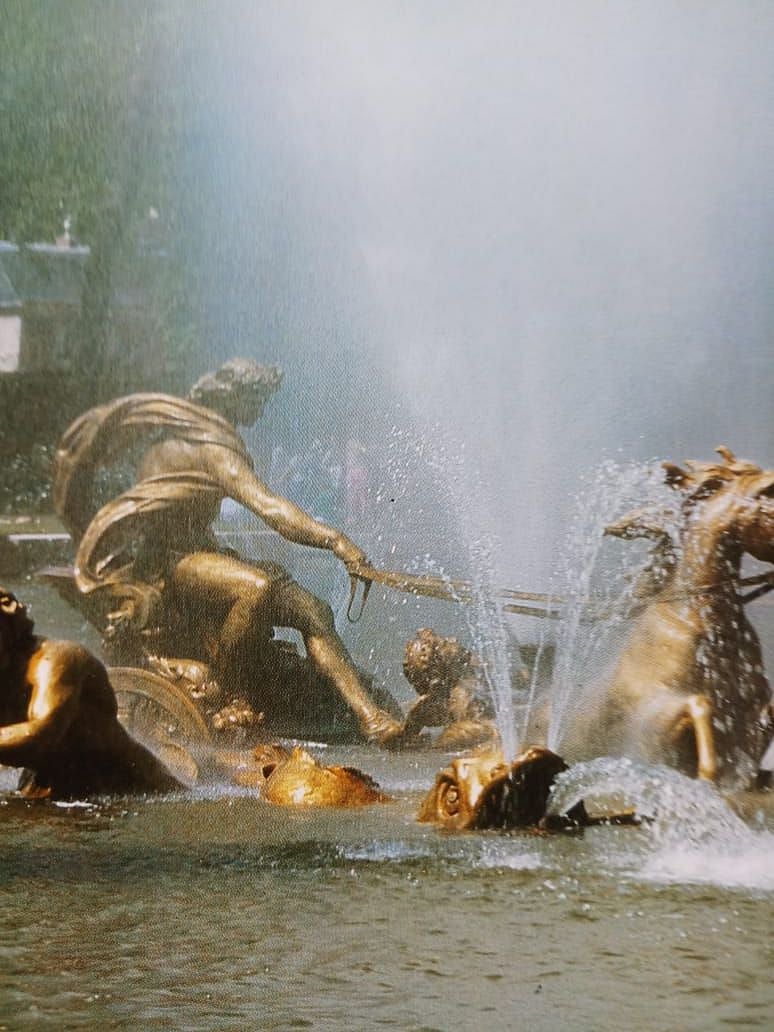Palace of Versailles: A landmark in History
The Palace of Versailles has a unique place in French history particularly of the French Revolution and its heritage makes it one of the most spectacular palaces of the world

The Palace of Versailles can undoubtedly be called as a one of the most spectacular palaces of the world. It was Louis XIV in 1643, who started transforming the hunting lodge and chateau of Louis XII into principal residence and governmental headquarter for Louis XIV, Louis XV and Louis XVI, till the time in 1789 when the French Revolution forced the royal family to march back to Paris, the capital city. After the fall of monarchy in 1793 the palace lost it’s grandeur and glamour gradually and fell into an utter state of neglect till the time when Louis Philippe, the Citizen King took it upon himself to restore it, what can now be termed as museum palace.
It is difficult to rank the state rooms, private apartments, galleries and gardens. Few must be mentioned where French history and heritage stand out in splendor The Royal Chapel its massive pillars decorated with angles, the fresco depicting God ,the Father announcing the coming of the Messiah. The wooden decorative staircase leads to first floor from where the king and the queen attended the service. This was the chapel where Louis XVI married Marie Antoinette of Austria on May 16, 1770. The Royal Opera, today is a restored version which blend pink and blue tones in harmony with glittering chandeliers and curtains embroidered in gold with King’s coat of arms.
The focal point of State apartments is the Salon d’ Hercule which has a immense painting on the ceiling representing the Apotheosis of Hercules with more than hundred and forty figures of God, Goddess and angles. Salon de Venus, Salon de Daine, Salon de I’Abondance, Salon de Mercure and Salon de Mars stand rich with portraits and paintings, statutes, busts all done by master painters and craftsmen from France and Italy of that time.
Queen’s Apartments, needless to say are the display of oomph and affluence. Once upon a time furnishings and upholstery were changed according to the season. The jewel-cabinet which survived the revolution is a work of art with inlays in mother-of –pearls, glass and plaques of blue and white porcelain. Nineteen children were born in full view of public, in accordance with the ancient custom in this room where three queens Maria Theresa, Maria Leszczynska and Marie Antoinette and two dauphines lived. Queen’s Apartment also included The Salon des Nobles and The Salon du Grand Couvert which served as antechamber and dining room.
King’s Apartment mostly done up in white and gold carved and gilded wainscoting, has a private study, a chess room and a room of the dogs, a library, the Porcelain room, gaming room and the Council hall. Louis XIV got Palace of Versailles its first bathrooms and “ English toilets”. Best of period furniture, silks, brocade and decorative items can be seen here.

As the name suggests, the Gallery of the Battles has paintings of France at war, the corridors, stairs and galleries, passageways hallways and mezzanines created to keep the state and private apartment in touch let the time flow uninterrupted.
Simply breathtaking is the Hall of Mirrors. 240 feet long, 34 feet wide and 40 feet ceiling has 357 mirrors stretching from floor to ceiling on one wall and 17 arched glass windows opposite offering a grand view of the sprawling garden. These are matched by equal number of simulated windows decorated with panel mirrors with beveled sides and framed in gilt brass. The spaces between the windows are done up in red-brown marble with bases in glided bronze. The Hall has exquisite chandeliers in Bohemian crystal and 24 torches from the time of Louis XV while the frieze of the gilded stucco cornice is decorated with the emblems of royal orders of Saint Michael and of the Holy Ghost. It may be mentioned here that Treaty of Versailles, ending the First World War was signed in this hall between Allied Powers and Germany on 28th June 1919.
The Garden of Versailles is fascinating 1000 hectares of land ,with maples, beeches, elms ,chestnuts and flower beds that give an embroidered look ,grassy lawns , countless number of fountains, status and group figures of nymphs ,angles ,cupids and urchins along with dolphins, frogs ,dragons and the likes in bronze and marbles create a world of fantasy. The centre of attraction remains Bassin d’ Apollon-- a gilded bronze sculpture in centre of the lake, of Apollo on a chariot drawn by four horses rising from the water, surrounded by Tritons blowing conch shells to announce the rising of the Sun.
Beyond the park stands majestic The Grand Trianon which had undergone redesign and renovations a number of time to reach its present look. Napoleon’s study and chamber draw special attention here. Now it serves as residence for head of the states on official visit.
Follow us on: Facebook, Twitter, Google News, Instagram
Join our official telegram channel (@nationalherald) and stay updated with the latest headlines